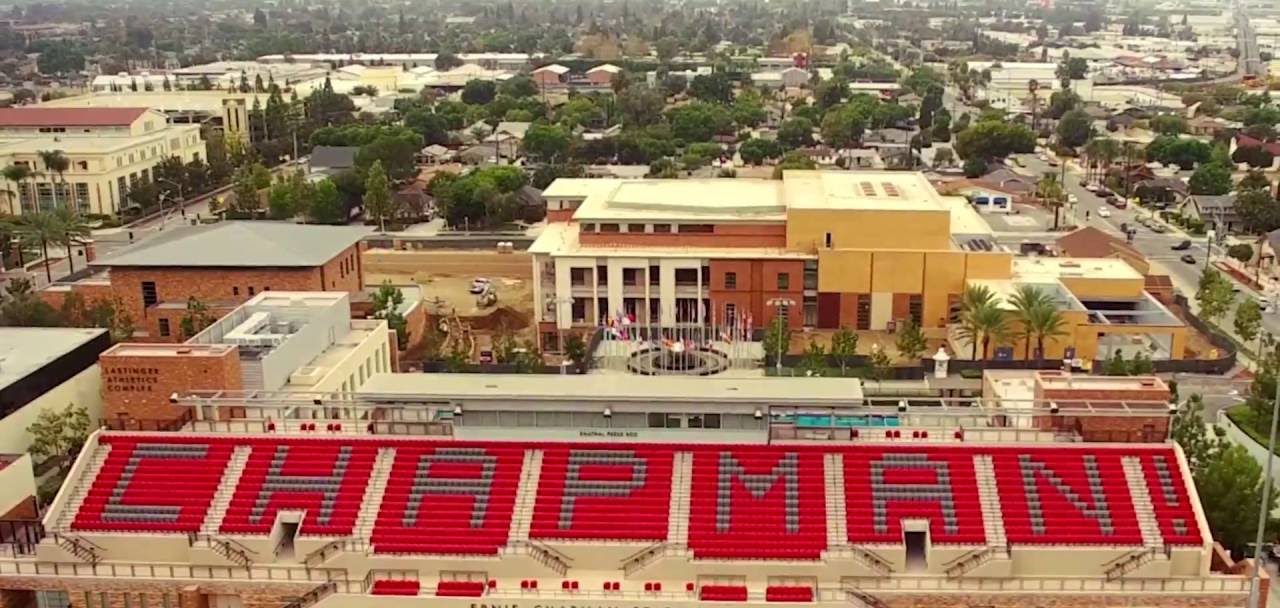
The smell of rubber and sweat fills Chapman junior Dylan Hartanov’s nose as he lines up on the defensive side of the lacrosse field. There’s no place he’d rather be on a Saturday night.
But reaching this adrenaline high comes at a price. The stick Hartanov carries, the Panther uniform draped across his back, even the salary of his coach screaming on the sidelines – they’re all paid for out of his own pocket, thanks to men’s lacrosse status as a club team.
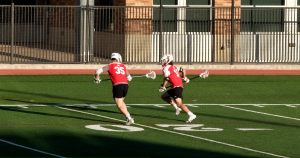
Photo by Jack Dunn.
“We have to pay our own dues. We’re completely self-sustained,” Hartanov said.
Club sports athletes don’t mind paying the price to play the sports they love. Although Chapman recognizes these club players’ passion, the University is unable to provide the same services and funding to club teams as they do for official school sports teams.
Outside the umbrella of Chapman’s official class of NCAA Division III teams, a few club programs float in the shadows. Men’s lacrosse. Cheer. Hockey. Men’s volleyball. Equestrian.
They’re all at a slight disadvantage when it comes to facilities, unable to cash in on some of the resources Chapman provides its NCAA teams. Equipment, uniforms, coaches – they’re all paid for by the players themselves, in stark contrast to those Division III programs.
Nevertheless, club athletes are willing to fork over the dough, they say, for the love of the game.
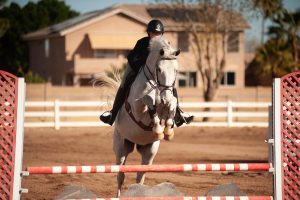
“The best part [of playing club sports], I’d say, is having that ability to be a very competitive team but still have that college experience on the side,” Hartanov said.
Eva Coleman, the equestrian team’s director of social media, explained costs for each program are individualized. All student athletes are responsible for their own fees.
The equestrian team has a stable of horses provided for athletes. Nevertheless, costs for the equestrian team can climb up to $700 for all the equipment, Coleman explained. And that’s on the low end of the club spectrum – according to sources from each team, season costs range anywhere from $500 to $1800.
That sense of independence, though, has given way to success for Chapman’s club sports.
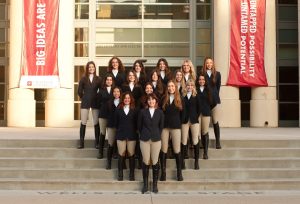
Since 2012, the teams have collectively taken home a total of seven conference championships. Most recently, the men’s lacrosse team earned the title of Men’s Collegiate Lacrosse Association national champions in 2016. In the same year, the men’s hockey team took home the California Collegiate Hockey League National Championship.
“Club is what it sounds like – it’s student-run,” said Doug Aiken, Chapman’s associate director of athletics. “It burns as hot as the students that are a part of it.”
It takes self-starters to make it on a club team, though.
Junior men’s club volleyball captain Joey Ybarra enjoys the autonomy that his team provides. But he had to work to get the program off the ground – stepping up last semester to re-establish the team after it lost its senior leadership in 2021.
“It was actually easier than expected; joining an official league was the main task,” Ybarra said.
Junior Dexter Corley, captain of Chapman’s hockey team, loves the camaraderie that club sports create for athletes. But as other athletes train in Chapman’s Lastinger Athletics Complex, all Corley can do is watch.
“One of the things I wish we could change in the future is to be able to use the facilities here on campus, like the weight room and the trainer and the ice baths,” he said.
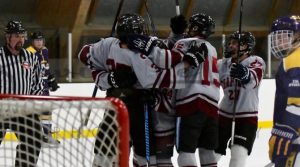
The imbalance in resource availability, especially the NCAA weight room, is a hot topic for club sports teams. Ybarra agreed with Corley, saying he’d like access to a weight room designed purely for athletes.
What’s more, Corley said the university only provides a trainer for the duration of a home game – meaning if a player goes down with an injury while traveling to another school, they’re left to rub some dirt on it and figure it out for themselves.
Hartanov also mentioned that unlike NCAA affiliates, club sports don’t get priority registration, causing certain athletes to miss practice for class.
Ultimately, most programs seemed satisfied with their current statuses on campus – except for a member of the cheer team.
Senior cheerleader Allie Triepke said the athletic department had shown a pattern of neglect and disrespect towards her team.
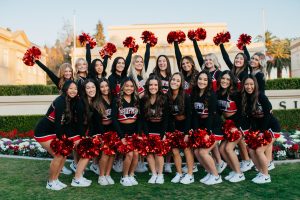
“They don’t care,” Triepke said.
The cheer team performs at all home basketball and football games, as well as at certain school events such as fundraisers and alumni events. Triepke feels they deserve respect from the university, but says she’s had near-mocking run-ins with Chapman officials.
“We are not recognized by the athletics department as legit athletes,” Triepke said.
When asked about Triepke’s comments, associate director of athletics Doug Aiken said, “I’m not discounting what they may have heard, but I’d be surprised if it was intended to be mocking.”
Aiken stressed that the athletics department was there to help, but doesn’t always have the resources to share with club teams.
“As beautiful as our facilities are, we have one gym, we have one field, we have one pool,” Aiken said.
Aiken said there’s a unique club sports culture at Chapman, saying the Chapman athletics office is far more involved in club sports than any other university in the area.
So for now, Hartanov will simply have to forget about the price tags attached to his Saturday night ballgames.
